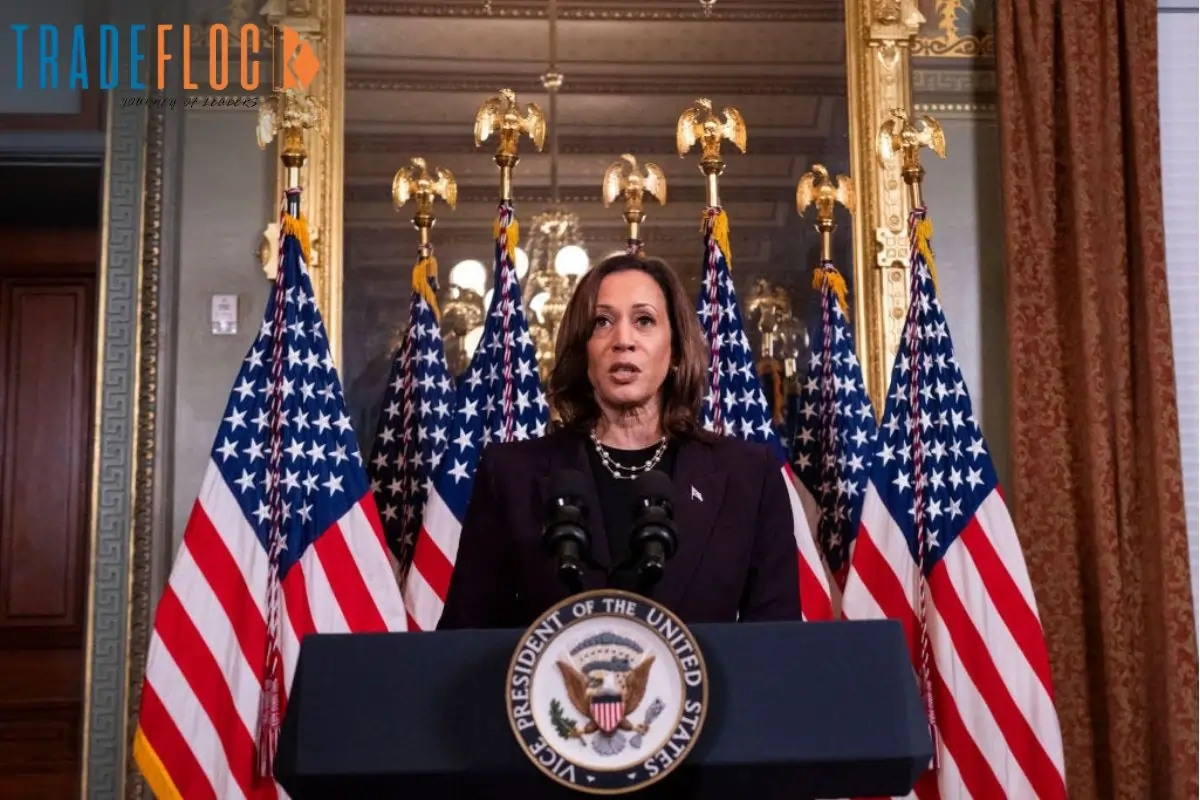Hillary Clinton and Vice President Kamala Harris have faced persistent obstacles in their political careers, driven largely by sexism and societal bias. Despite their significant accomplishments, they were often held to higher standards than their male counterparts. According to Stephanie Cole, the history and geography department chair, voters—both men and women—tend to apply different criteria to women candidates.
And this is not the first time. Women like Barbara Jordan, the first Black woman elected to Congress from Texas, worked within the political system, and societal structures limited their political success. Jordan’s path was shaped by the 1965 Voting Rights Act and the momentum of the Civil Rights movement, yet she faced barriers like losing two bids for the Texas House before finding success.
Moreover, figures like Shirley Chisholm, who became the first Black woman to run for president in 1972, and Ann Richards, the first woman elected governor of Texas, experienced similar setbacks. Even in the 21st century, women face prejudices, as seen in the challenges state Senator Wendy Davis encountered during her 2014 gubernatorial race.
Also read – Breaking Down the Billions: CCI Fine Shakes Meta
Despite this, there is a growing momentum for women in politics, with a record number of women in Congress and governors. Yet, the highest political office remains elusive. Some experts suggest the U.S. may need a conservative woman president, like Margaret Thatcher in Britain, to break the presidential glass ceiling.





